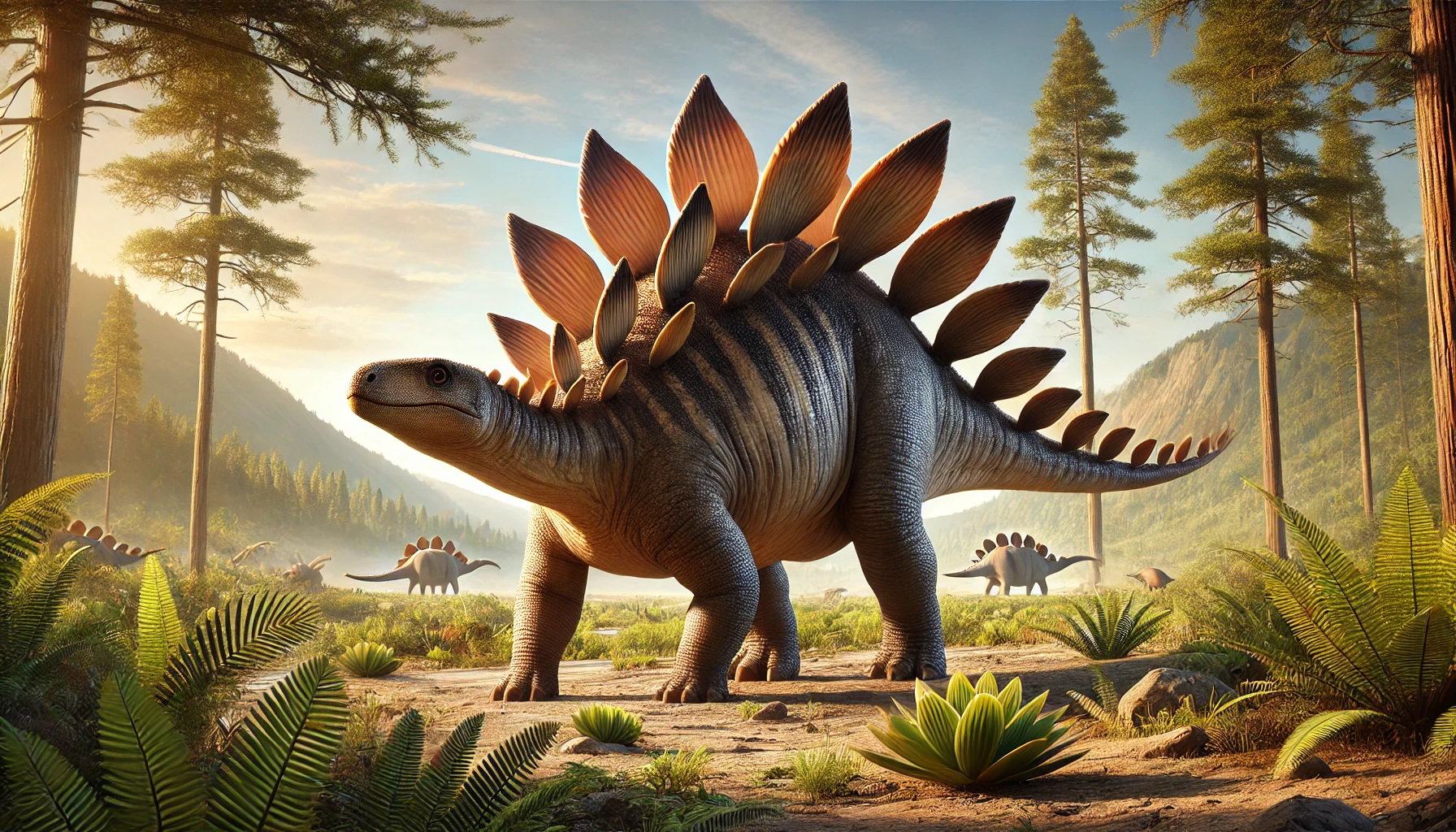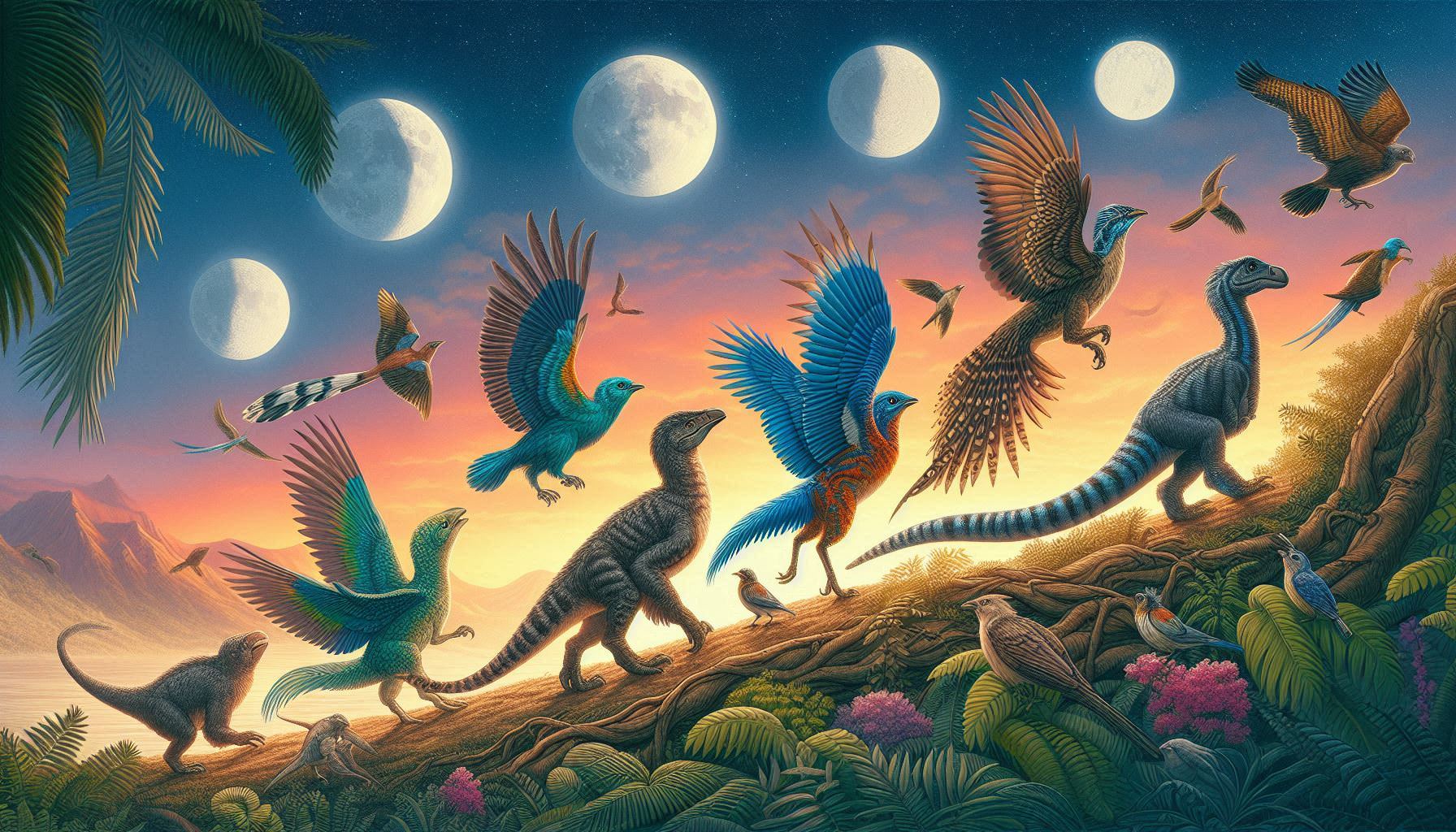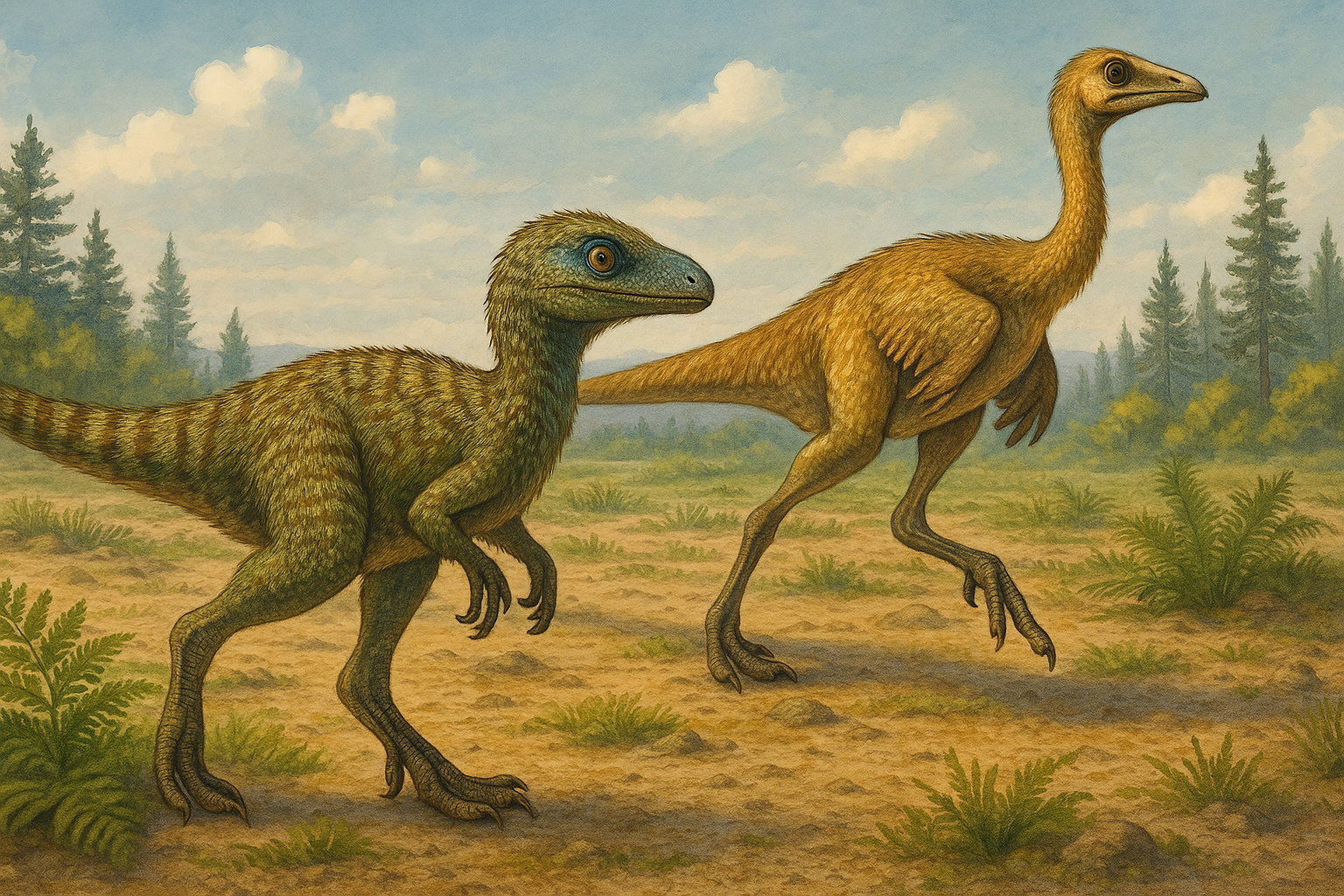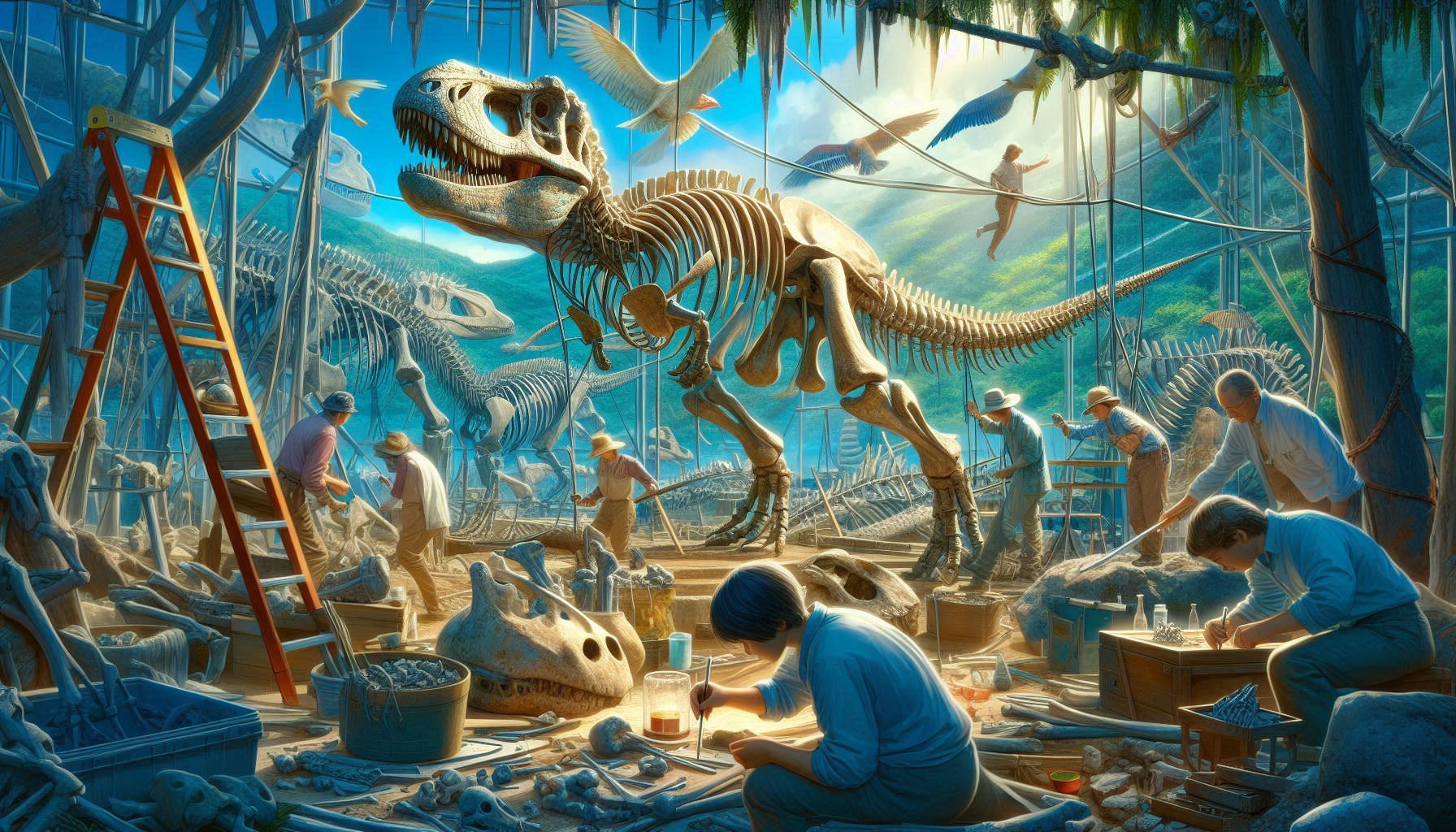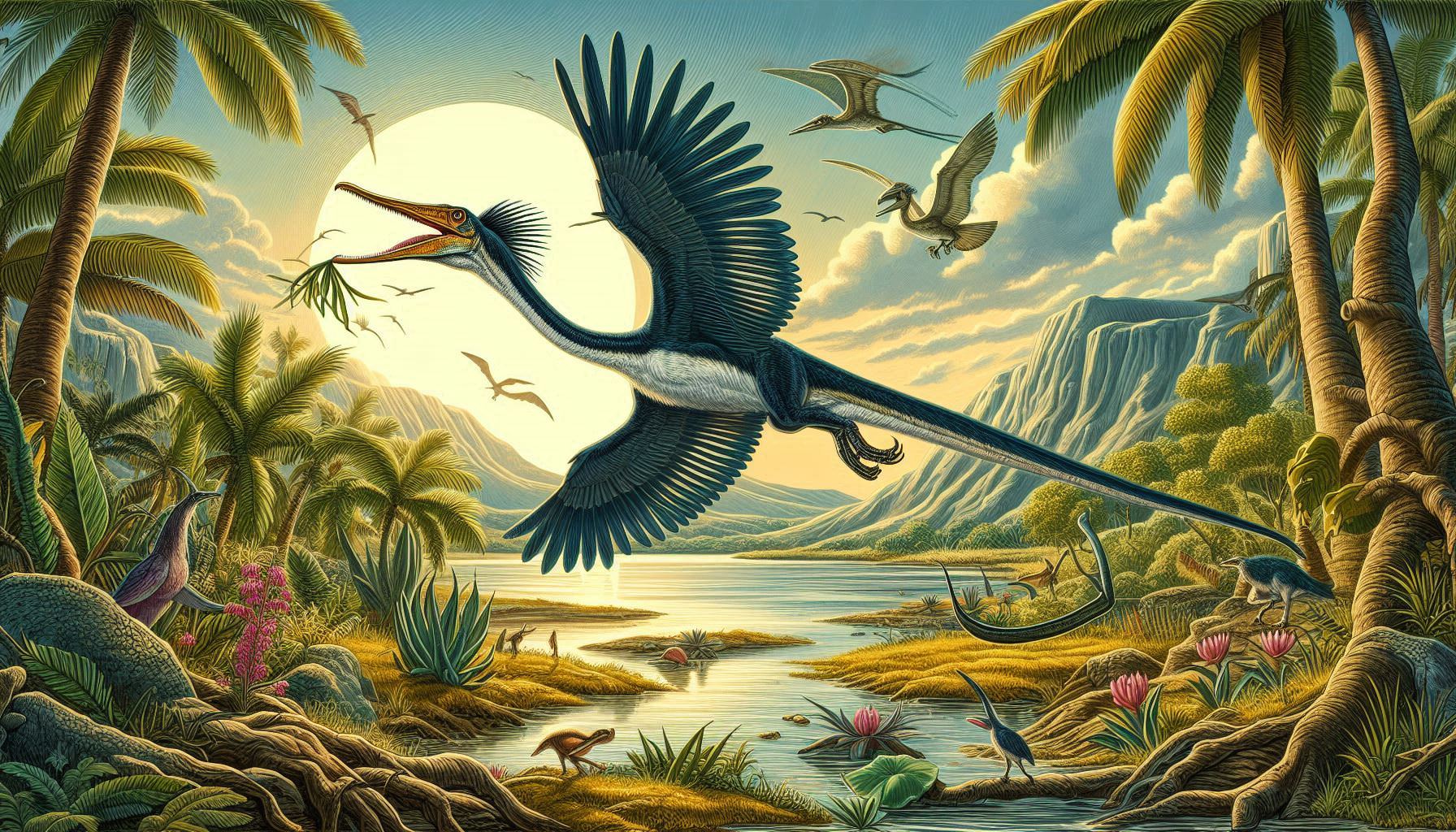Thanks to Hollywood, Velociraptor is one of the most recognized dinosaur names on the planet. But the real animal, as uncovered by paleontologists, was quite different from the reptilian villains of film fame. Smaller, feathered, and likely much smarter than originally thought, Velociraptor has become a key figure in our understanding of the link between birds and dinosaurs.
Here’s what modern science tells us about this fascinating predator of the Late Cretaceous.
- What Was Velociraptor?
- What Did Velociraptor Look Like?
- How Did Velociraptor Hunt?
- Was Velociraptor Smart?
- How Is Velociraptor Related to Birds?
- Fossil Discoveries and Scientific Impact
- FAQ
- Was Velociraptor as big as shown in movies?
- Did Velociraptor have feathers?
- Where did Velociraptor live?
- What did Velociraptor eat?
- Was Velociraptor related to birds?
What Was Velociraptor?
Velociraptor is a genus of dromaeosaurid theropod dinosaur that lived approximately 75 to 71 million years ago during the Late Cretaceous period. Its name means “swift thief,” a nod to its likely agility and predatory behavior.
Fossils of Velociraptor have been discovered primarily in Mongolia’s Gobi Desert, where dry, sandy conditions helped preserve many prehistoric remains with surprising detail.
What Did Velociraptor Look Like?
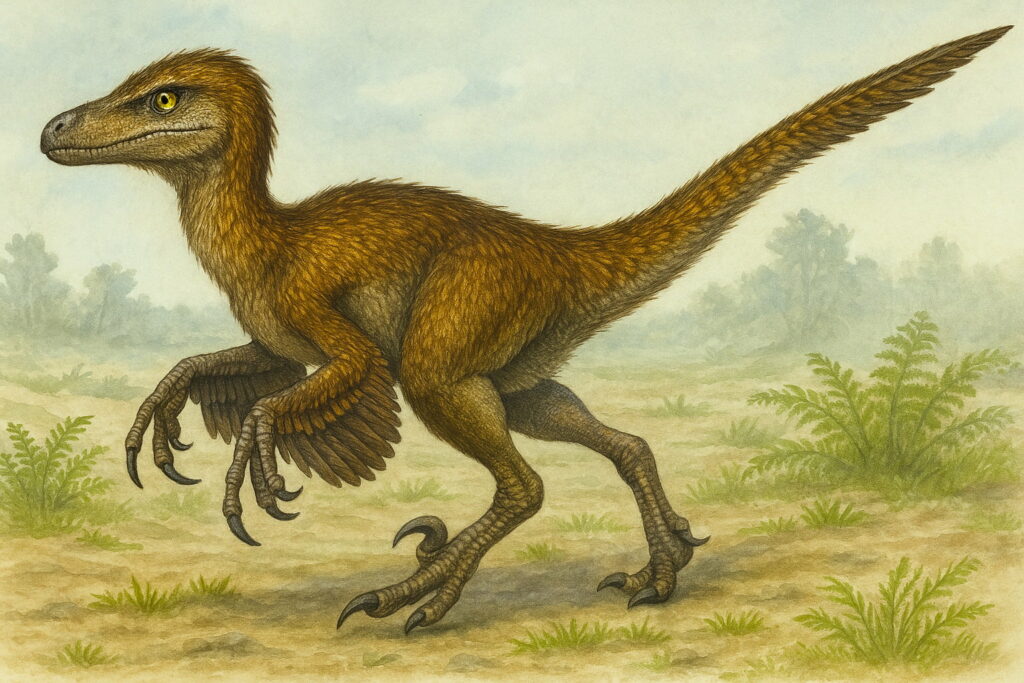
Forget the man-sized monsters from movies — the real Velociraptor was about the size of a turkey. It measured around 2 meters (6.5 feet) long, stood roughly 0.5 meters (1.6 feet) tall at the hip, and weighed just 15–20 kg (33–44 pounds).
Key features included:
- A long, stiff tail for balance
- A lightly built, birdlike skeleton
- A sickle-shaped claw on each foot, used for grasping or slashing prey
- Sharp, serrated teeth and forward-facing eyes
And yes — it had feathers. Fossil evidence from closely related species strongly supports the idea that Velociraptor was feathered, though it probably couldn’t fly.
How Did Velociraptor Hunt?
Velociraptor is thought to have been an agile, intelligent predator that hunted small animals, reptiles, or even scavenge larger prey. Its sickle claw likely played a key role in pinning down victims — much like modern birds of prey use their talons.
One of the most famous fossils ever found — known as the “Fighting Dinosaurs” — shows a Velociraptor locked in combat with a Protoceratops, offering rare and direct evidence of its predatory lifestyle.
Was Velociraptor Smart?
Compared to many other dinosaurs, Velociraptor likely had a relatively large brain for its size. While not a “genius” in mammalian terms, it may have had advanced sensory abilities and problem-solving skills. Studies of its skull suggest it had excellent vision and coordination.
However, there’s no firm evidence that it hunted in coordinated packs, as often shown in films.
How Is Velociraptor Related to Birds?
Velociraptor shares many features with modern birds, including:
- Feathers and quill knobs on bones
- Light, hollow bones
- A wishbone-like structure (furcula)
These similarities support the theory that birds evolved from small theropod dinosaurs — making Velociraptor a key transitional species in that evolutionary story.
Fossil Discoveries and Scientific Impact
Velociraptor was first named in 1924 by American paleontologist Henry Fairfield Osborn, based on fossils found in Mongolia. Since then, several partial skeletons have helped reshape its image in scientific literature.
Today, it remains one of the most studied non-avian dinosaurs, playing a central role in paleontological research into behavior, anatomy, and the dinosaur–bird connection.
FAQ
Was Velociraptor as big as shown in movies?
No. The real Velociraptor was about the size of a turkey — much smaller than the human-sized predators in popular films.
Did Velociraptor have feathers?
Yes. Fossil evidence shows that Velociraptor had feathers, even though it was flightless.
Where did Velociraptor live?
Velociraptor fossils have been found in Mongolia, particularly in the Djadokhta Formation of the Gobi Desert.
What did Velociraptor eat?
It likely fed on small reptiles, mammals, or dinosaurs like Protoceratops. It may have also scavenged larger animals.
Was Velociraptor related to birds?
Yes. Velociraptor was a feathered theropod dinosaur and is closely related to the evolutionary lineage that led to modern birds.
# feathered dinosaur, dromaeosaur, Late Cretaceous predators, Velociraptor facts, dinosaur intelligence, bird-like dinosaurs, real size of Velociraptor, Velociraptor fossil, Gobi Desert dinosaurs, evolution of birds



